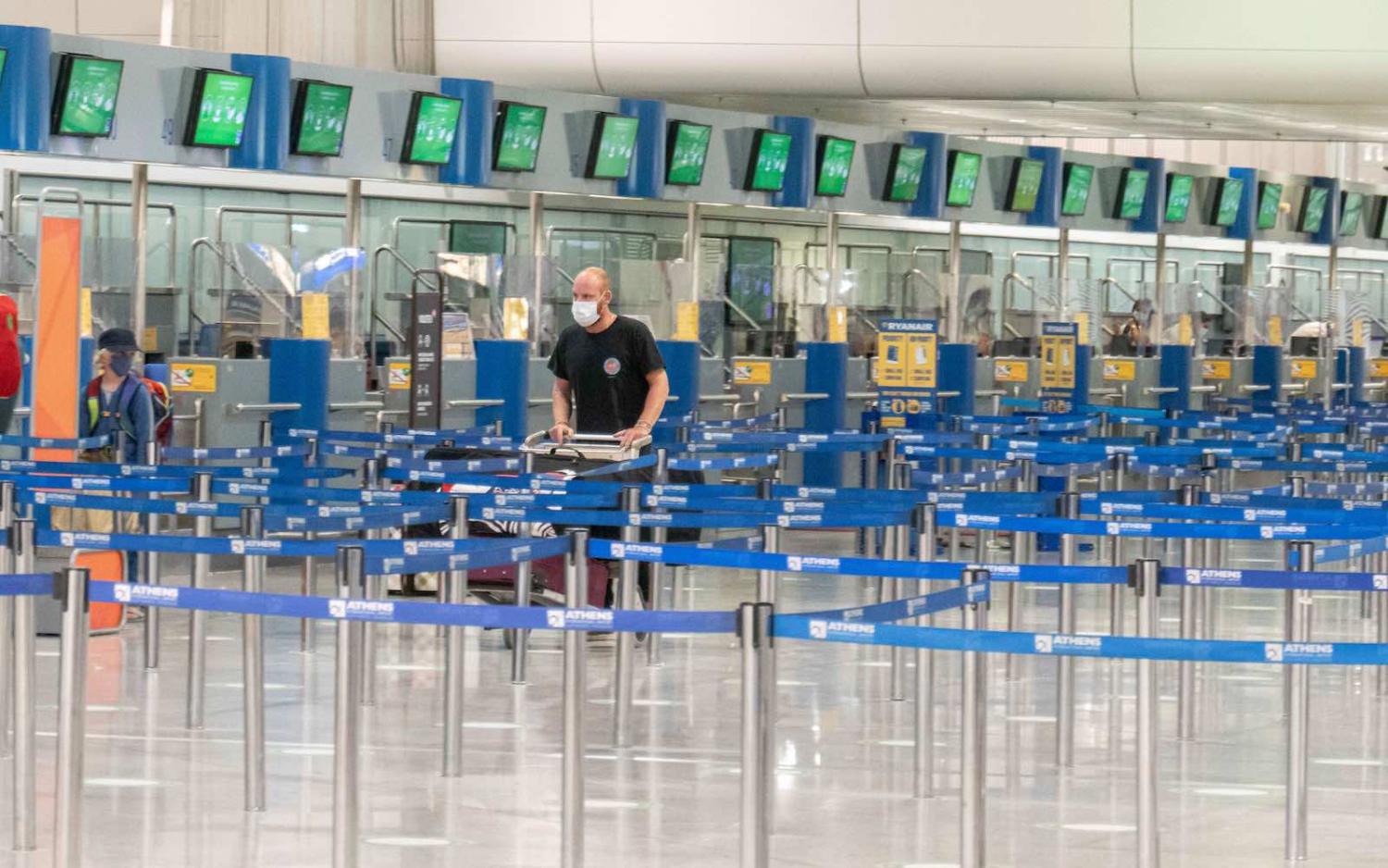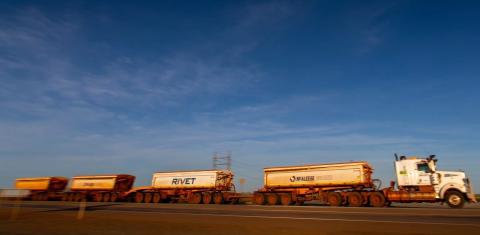The experience of crossing national borders has always been defined by inequality. A hierarchy of mobility determined those who were free and facilitated to move and those who faced many hurdles and restrictions to prevent them leaving home. But Covid-19 has challenged this mobility hierarchy. People traditionally seen to be at the top end – tourists, students and skilled migrants with potential to make an economic contribution to a country – are now restricted. They now sit alongside those who have long been at the other end of the spectrum – undocumented workers, refugees and asylum seekers, those who are deemed potentially a risk to the economy and to national security.
The pandemic is reshaping the inequalities of mobility in three new – or at least heightened – ways.
- The inequality of waiting
For many aspiring to get on a plane this year, this simply has not been possible, due to varying forms of border closures around the world. Many are waiting till the day comes when travel is possible. However, the experience of waiting is not equal. Staying still, doing nothing, delaying the future is an experience that is easier or more difficult depending on a number of complex cultural, social and economic factors. Waiting, for example, may be more difficult for those who are dealing with mental health issues, poverty or financial struggles, cultural pressure to give up, home and caring duties, access to the internet and domestic infrastructure.
- The inequality of information
Those seeking to move across borders are now dependent on reliable information about the “when” factor. Navigating the unknown and seeking certainty around time when there isn’t any to be found is deeply unsettling – and again, the quest for reliable information is unequal. Accessing this information depends upon factors including internet access and connectivity, the ability to navigate government internet restrictions, cultural literacy in terms of knowing where to seek this information and understand bureaucratic language as well as political challenges. At the same time, this quest for information depends greatly on local media landscapes and the level of tabloid, rumour and so-called “fake news” that may be more easily accessible than authoritative news and information.
- The inequality of global health
The so-called “lottery of birth” will continue to play a role – that is, the public-health regime and distribution of vaccines in the nation state in which a person happens to have been born or currently is waiting. The accessibility of vaccines and the public infrastructure to administer them is far from a level playing field globally, with those in poorer, less developed nations relying on global assistance and partnerships to achieve an effective level of herd immunity that will eventually facilitate the resumption of mobility. Discussions about “green lanes”, “travel bubbles” and “safety corridors” position borders as uneven spaces whereby those who are fortunate enough to be within a nation that has managed to control the virus may be facilitated easier access to move across borders than those who are not so fortunate.
These layers of mobility inequality are not entirely new. Refugees and asylum seekers are all too familiar with the idea of the “waiting game” as highly unequal and politicised. Likewise, global inequalities have always defined the patterns and flows of migration and mobility.
In this pandemic time, however, groups of people previously associated with relatively privileged migration and mobility are also experiencing this “border-as-temporal” phenomenon. This offers a chance to reassess the understanding of people traditionally seen as on the “privileged” end of the global mobility hierarchy, and to look for layers of inequality within these groups. Such recognition of the inequalities-within-inequalities can only assist in designing effective policy, support and responses that reflect the diversity of mobility experiences.

One group of relatively privileged mobile people affected by border closures are international students. International students are people who have the money and resources behind them to choose to leave their home and study in another country. They are largely welcomed as bringing an economic contribution not only to their host country’s institutions, but also to their local domestic economies.
As a result of Australia’s international border closure in March 2020, there are now around 92,000 of Australia’s international students still “stuck” offshore. These students are experiencing the border as temporal – they will “eventually” be able to cross it when the time is deemed right. For now, they are waiting. However, the experience of this waiting is far from equal and will define who will eventually cross the border once the time comes.
Restrictions around educational mobility amount to a restriction around being able to achieve, and to move upwards and onwards.
For international students stuck offshore, it is those who have the social, human and cultural capital to navigate the waiting game who will be successful in eventually achieving their end goal and entering a foreign campus. Those with limited internet connectivity, cultural and familial pressure to stay home, those facing large financial stresses in order to wait, those with caring or family duties at home are less likely to be able to hold on. The waiting game for these students is a tough ask. Whereas others will be privileged enough to afford to switch plans, re-enrol in an institution in a different country and travel through a border that is open now.
For the Australian higher education sector, when borders do finally reopen, it will be the group from the middle are most likely to disembark. Those who have enough resources to wait, but not enough to afford to pay not to wait. They are “of-the-middle” and as such will likely arrive back on our shores with a sense of urgency, diminished finances and having accomplished a potentially emotionally charged journey of stasis.
All forms of mobility are tied with a desire to achieve goals. Educational mobility is an obvious form of this. International education translates to a form of mobility-as-capital that is ideally converted into social capital. Restrictions around educational mobility thus amount to a restriction around being able to achieve, and to move upwards and onwards. This perpetuates these inequalities, making it more difficult for future generations to achieve similar ambitions.

